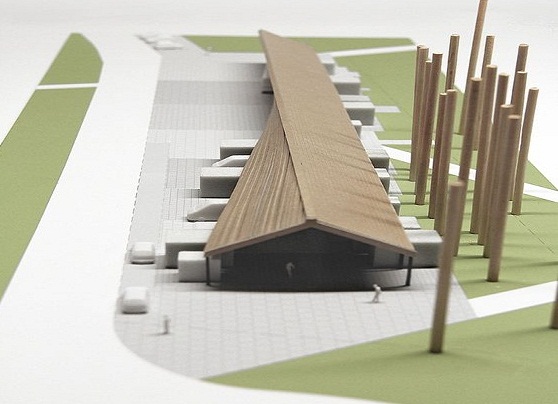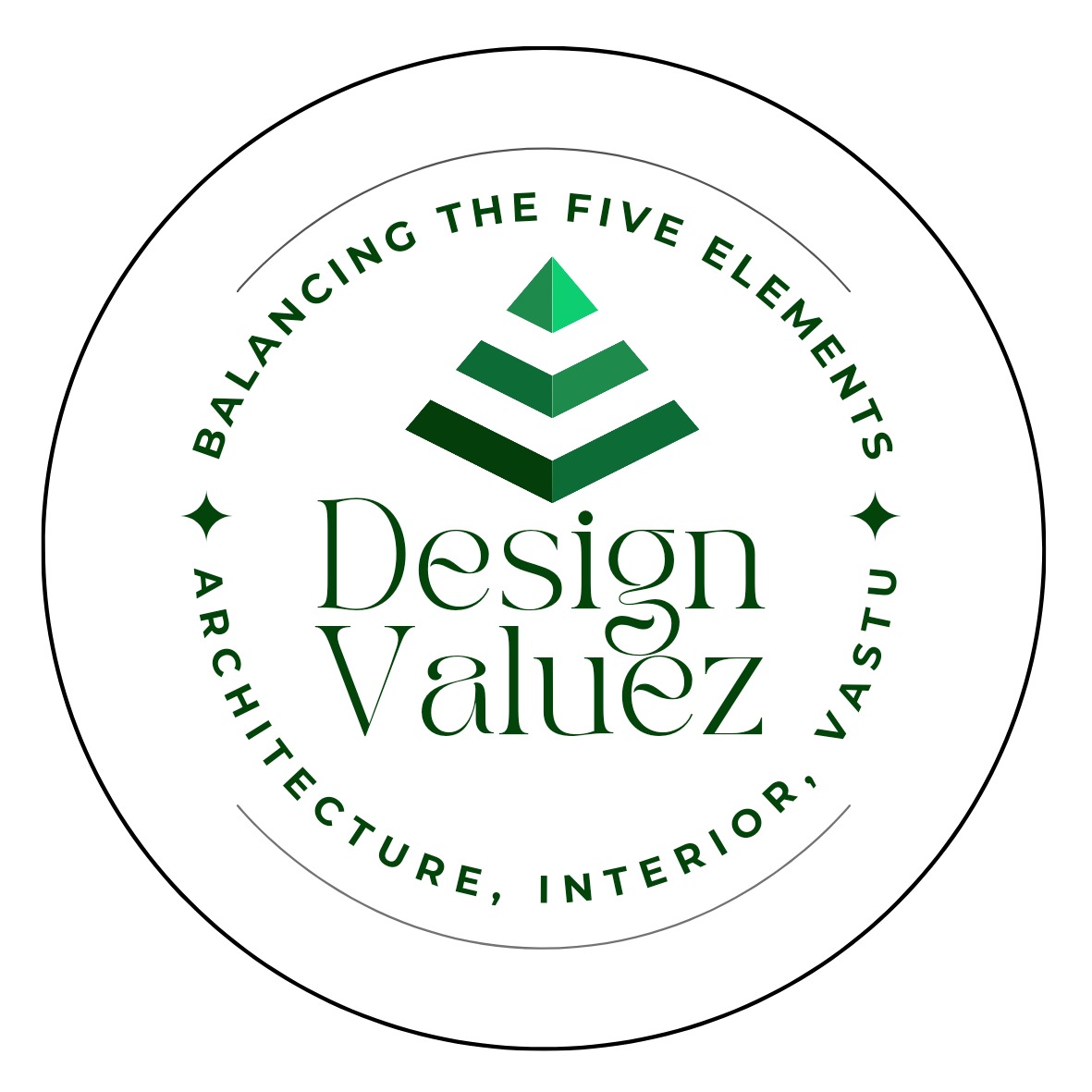Architectural design is a powerful tool that can transform a simple space into a beautiful and functional masterpiece. It’s all about creating a space that not only looks good but also serves a purpose. A well-designed building can evoke emotions, inspire creativity, and enhance the quality of life for those who inhabit it. Whether you’re designing your home or a commercial space, it’s important to understand the art of architectural design. In this post, we’ll explore what it takes to create a beautiful and functional space that meets the needs of its inhabitants. We’ll discuss the key principles of architectural design, including form, function, and context, and provide practical tips and advice for designing a space that is both aesthetically pleasing and functional. So, whether you’re an aspiring architect or simply interested in the process of architectural design, read on to discover the art of creating a beautiful and functional space.
1. Understanding the principles of architectural design

Architectural design is both an art and a science. It is the process of creating a functional space that is beautiful, sustainable, and meets the needs of its occupants. Understanding the principles of architectural design is key to creating a successful project.
The first principle is functionality. This means that the space must be designed to meet the needs of its occupants. This involves understanding how the space will be used and designing to accommodate those needs. For example, a restaurant should be designed to be easy to navigate, with ample seating and space for cooking and serving food.
The second principle is aesthetics. The space should be visually appealing and harmonious. This involves understanding the elements of design such as color, shape, texture, and scale. A skilled architect will know how to use these elements to create a space that is both beautiful and functional.
The third principle is sustainability. A good architect will understand how to create a space that is energy-efficient and environmentally friendly. This involves using sustainable materials, designing for natural light and ventilation, and incorporating green technologies such as solar panels and rainwater harvesting systems.
Finally, the principle of adaptability . A space should be designed to be flexible and adaptable to changing needs. This involves designing spaces that can be easily reconfigured or repurposed to meet changing needs. In summary, understanding the principles of architectural design is key to creating a space that is both beautiful and functional.
By focusing on functionality, aesthetics, sustainability, and adaptability, an architect can create a space that meets the needs of its occupants and stands the test of time.
2. How to balance form and function in architectural design

When it comes to architectural design, the two most important factors are form and function. Form refers to the aesthetics of the building, while function refers to its practical use. In order to create a beautiful and functional space, it is important to balance these two factors.
One way to achieve this balance is to start by defining the purpose of the space. What is it going to be used for? Is it a commercial building or a residential one? Once you have a clear understanding of the purpose of the space, you can start to think about the form. What style of architecture would best suit the space? What materials would be appropriate? The next step is to think about the function of the space. What are the requirements for the space in terms of usability and functionality? For example, a commercial building may need to accommodate a large number of people, while a residential building may need to provide privacy and quiet. Once you have a clear understanding of the requirements for the space, you can start to think about how to incorporate these requirements into the design.
This is where the art of architectural design comes in. You need to find creative solutions to balance form and function. For example, you may need to use certain materials or design elements to create a specific look while still meeting the functional requirements of the space. In the end, the key to balancing form and function in architectural design is to understand the purpose of the space, take into account the requirements for functionality, and use creative design solutions to create a beautiful and functional space.
3. The importance of context in architectural design

When it comes to architectural design, context is everything. Every building is situated in a specific location, and the context of that location should be taken into consideration when designing a building.
Context refers to the physical, social, and cultural environment that surrounds a building. It’s important to consider the context of a building to ensure that it fits seamlessly into its surroundings. If a building doesn’t fit into its context, it can look out of place and disrupt the visual harmony of the area. The context of a building can influence its design in many ways. For example, if a building is situated in a dense urban area, it may need to be designed to fit into a tight space. Alternatively, if a building is located in a rural area, it may need to be designed to complement the natural surroundings. The context of a building can also influence the materials used in its construction. Architects who consider the context of a building can create designs that not only look beautiful but also function well. By taking into account the surrounding environment, architects can create buildings that are energy-efficient, sustainable, and easy to maintain.
In addition, context-driven design can help improve the quality of life for people who live and work in the building. In conclusion, the importance of context in architectural design cannot be overstated. It’s a critical factor in creating beautiful, functional, and sustainable buildings that fit seamlessly into their surroundings. Architects who take context into consideration in their designs can create spaces that not only look great but also enhance the overall quality of life for those who use them.
4. Tips and advice for creating a beautiful and functional space
Creating a beautiful and functional space is an art form in itself. The key is to find a balance between aesthetics and practicality.

Here are some tips and advice for creating a beautiful and functional space:
1. Functionality should be the main focus when designing any space. Consider how the space will be used and what needs to be included to make it work. For example, if designing a kitchen, consider the placement of appliances, storage, and sink location to ensure an efficient workflow.
2. Choose a color palette that complements the space and creates a harmonious atmosphere. Avoid using too many colors; too many colors can make a space feel overwhelming and cluttered.
3. Lighting is an essential aspect of any space. Consider natural lighting and the placement of lights to create a warm and welcoming atmosphere.
4. Invest in high-quality materials. Quality materials will not only last longer but will also create a more luxurious and elegant feel to the space.
5. Consider the scale and proportion of furniture and decor. Oversized or undersized furniture can make a space feel awkward and uninviting.
By following these tips and advice, you can create a beautiful and functional space that will meet all your design needs. Remember, designing a space takes patience and a lot of attention to detail, but the end result will be worth all the effort.
Conclusion
In conclusion, architectural design is a vital tool in transforming any space into a beautiful and functional masterpiece. With a well-designed building, you can feel the emotions it evokes, experience the creativity it inspires, and enjoy the enhanced quality of life it provides. By incorporating the principles of architectural design, you can create a space that works not only for your practical needs but also for your emotional and aesthetic desires. We hope that this article has inspired you to think about the power of architectural design and how you can use it to transform your space into something truly exceptional. For more information you can also check my other blog post 10 Living Room Interior Design Ideas Thank you for reading, and happy designing!




